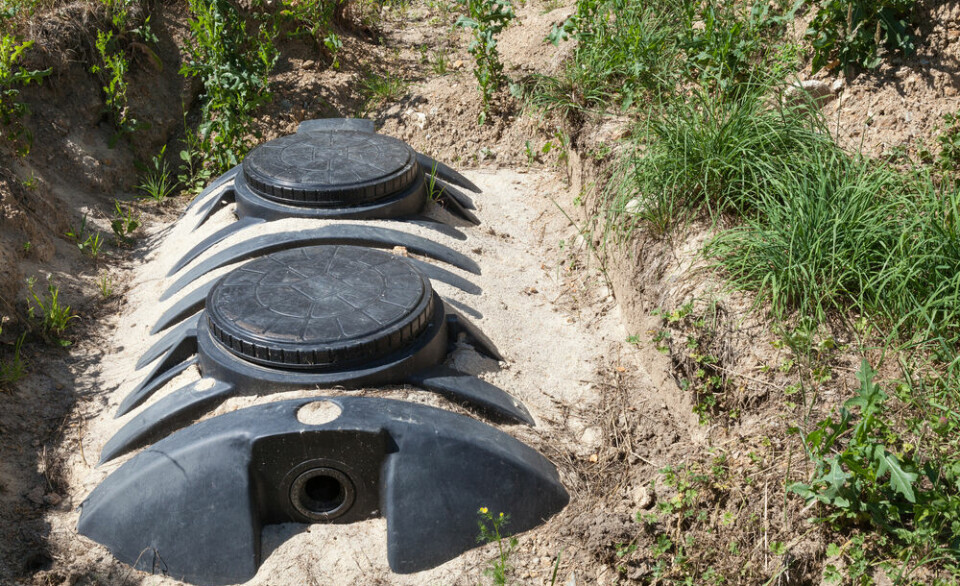The Crit’Air scheme classifies vehicles with colour-coded windscreen stickers according to the amount of pollution they emit, especially fine particles and nitrogen oxides.
Grey stickers, stamped with a 5, denote the most polluting vehicles, while purple stickers with a 1 show the best. Red (4), orange (3), and yellow (2) stickers make up the rest, and fully electric vehicles have their own green stickers with a plug logo.
Although a national scheme, Crit’Air stickers apply only to vehicles driving in ZFEs (zones à faibles émissions). These are already in place around 12 cities and are due to be introduced in others.
ZFEs were created following threats of legal action after numerous cities were found to exceed pollution levels set by the European Union, based on World Health Organisation guidelines.
Read more: Do ‘Crit’Air’ stickers go out of date for French low-emission zones?
Crit'Air fines
How the Crit’Air stickers are used depends on local mayors, who are responsible for air quality in their communes, with decisions usually taken by the métropole structures which cover the city centre and surrounding suburbs.
Some ban low-classified vehicles outright from town centres, others only when there are pollution peaks.
Enforcement is by municipal police officers – a proposal to use roadside cameras similar to radar speed traps has been on the cards for years, without a workable solution being found.
Exceptionally, a préfet could order national police or gendarmes to enforce Crit’Air measures if asked by a mayor to do so, but this has yet to happen.
Fines for not having a Crit’Air sticker – or the wrong one for a zone – are €68 for a car or €135 for a lorry.
In addition, if a car is parked in a ZFE with the wrong or no sticker, it can be towed to the municipal pound (fourrière).
There are no statistics available for the number of Crit’Air violations in ZFEs – anecdotal evidence suggests there are very few. Local authorities have complained that they do not have enough police to enforce the measures.
How to apply for a Crit'Air sticker
As with many environmental schemes, Crit’Air was immediately leapt on by crooks, who used false websites to scam people into paying over the odds for their sticker.
In fact, the only official way to get a Crit’Air sticker is from the government’s own site, certificat-air.gouv.fr.
For people with French-registered cars living in France, it costs €3.77 per vehicle. The cost split between €3.11 for the sticker and €0.66 for a postage stamp.
A separate sticker is needed for each vehicle – they cannot be swapped. In order to apply for the sticker you need details from the vehicle’s certificat d’immatriculation (the new official name for the carte grise).
Foreign-registered cars, including from the UK, also need a Crit’Air sticker if they are going to be driven in cities covered by a ZFE.
They are obtained from the same site as for French cars, with the exception that you click on the véhicule immatriculé à l'étranger tab instead of the en France one.
The cost is slightly higher – still €3.11 for the sticker but €1.65 for postage, bringing the total to €4.76 per vehicle. You will also need a good photo or scan of your vehicle’s registration document.
Cars first registered before 1997 are deemed too old for a Crit’Air sticker and so are banned from ZFEs.
Voitures de collection (classic cars), which have their own registration system, fall under this category, but the government has said it will make an exception.
Special stickers were due to be produced by summer 2024, but the date has passed with no action.
Read more: 2024 MAP: Where are France’s clean air driving zones? What are rules?
Where are ZFEs?
At the moment, ZFEs are limited to Paris and surrounding areas (split into three separate ZFEs), Lyon and surrounding areas (also split into three separate ZFEs), Reims, Strasbourg, Clermont-Ferrand, Toulouse, Montpellier, Nice, Grenoble, Rouen, Marseille and Saint-Etienne.
Each of these has different rules concerning which vehicles are allowed where and when.
Full details are available from another government website: mieuxrespirerenville.gouv.fr/.
Fears of riots similar to the gilets jaunes protests were reported to be behind a government decision, taken in March, to let local authorities choose not impose restrictions on Crit’Air 3 cars in Marseille, Strasbourg and Rouen.
Nice, Grenoble, Toulouse, Montpellier, Reims, Saint-Etienne and Clermont-Ferrand had already seen Crit’Air 3 restrictions eased.
Officially, another 30 ZFEs are due to come into force by January 2025 – but it is not yet certain whether they will materialise, both because of the political flux in Paris, and because some areas are simply not keen to have them.
Bordeaux’s Green mayor, for example, is not a fan, fearing a ZFE in the city would force many poorer households to give up their cars.
Instead he is campaigning for more commuter trains into the city as a way of reducing car numbers and hence pollution.
Each new ZFE must be accompanied by a local public awareness campaign, setting out the rules and lasting at least three months. National road signs to let people know they are entering a ZFE show a white square with ‘Zone O’ written on it (‘Zone’ in black and ‘O’ in red). Underneath, a smaller sign shows which Crit’Air stickers are allowed into the zone.
Rules change frequently. Toulouse and Marseille were going to ban cars with a Crit’Air 3 sticker at the start of the year, but changed their minds, insisting air quality was better than before and so the measure was not needed.
Illustration provided by Perry Taylor: perrytaylor.fr





























